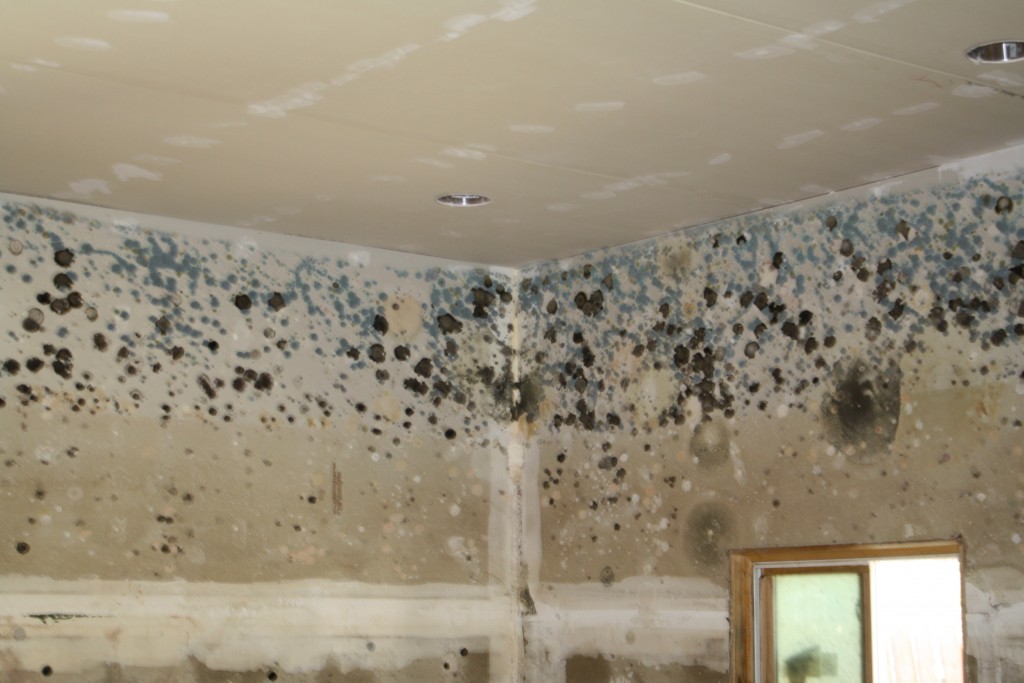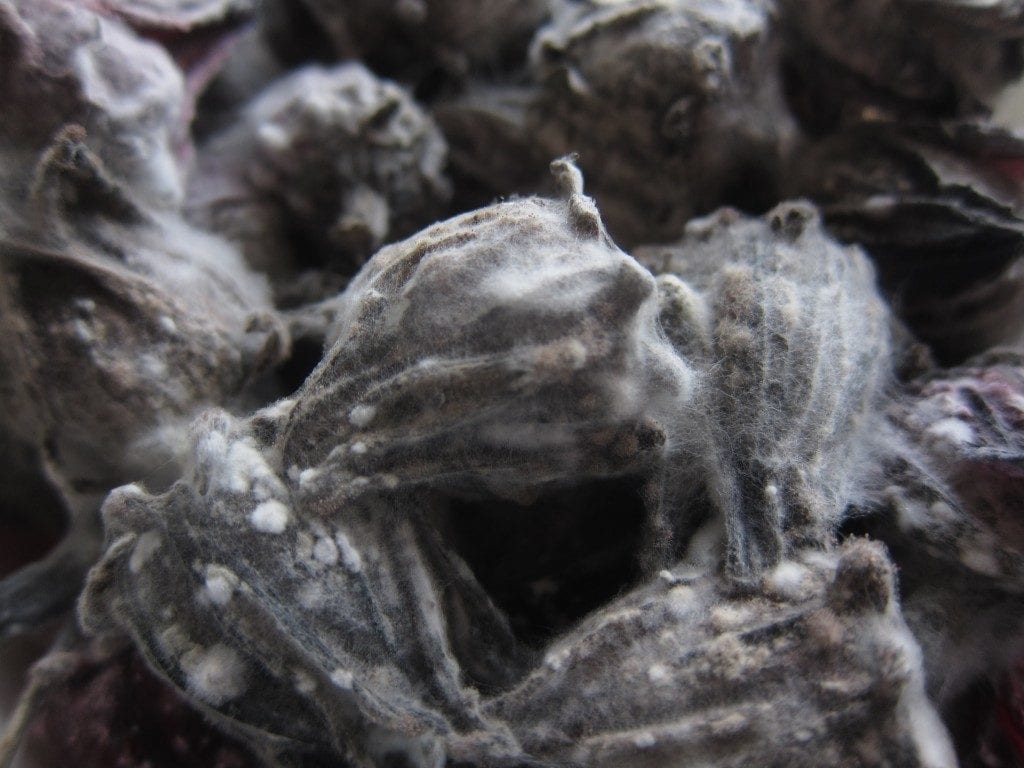Summertime is upon us, which of course means it’s the time of year for long, sun-filled days, vacations from school and work, enjoying the great outdoors, and… mold growth. Unfortunately, mold loves the same kinds of warm temperatures we do. As rising temperatures and relative humidity levels raise your risk for mold growth, now is the time to review how to handle these pesky fungi.
Mold Basics
Look pretty much anywhere, and you will find mold. A 2003 University of Arizona study found that 100 percent of homes contain mold, although not necessarily the dangerous kind. There are thousands of different species of mold, which reproduce by making spores that cannot be seen by the naked eye. These spores continually float through the air, both indoors and outdoors. Mold spores are a common component of dust, only becoming problematic in large quantities.
In order to grow, mold requires moisture, warmth, oxygen, and an organic medium to grow on. That is why mold becomes more of a problem in the summer, as temperature and relative humidity increase (most molds grow best between 70 and 100 degrees Fahrenheit). As long as there is moisture and oxygen, mold can grow on almost any organic surface, including wood, paper, insulation, and carpet. Materials such as metal and plastic are less prone to mold, but can host mold growth if there is organic debris such as dust clinging to it.
Mold is problematic for two reasons: it gradually destroys the materials it grows on (including building structures), and some species can cause adverse health effects. Mold produces allergens and irritants that may cause allergic responses in susceptible individuals, as well as irritate the eyes, skin, nose, throat, and lungs of non-allergic people. Mold can also cause asthma attacks in people with asthma and a mold allergy.
Mold in Commercial Buildings
For homes and commercial buildings alike, summertime brings an increased risk of mold problems. However, commercial buildings can have a lot more at stake, from legal liability issues, to tenant relationship problems, to reduced employee productivity, and lost revenue.
Legal liability depends on your responsibility. Workers have a right to a safe workplace, and a number of OSHA standards outline the responsibility of the employer to keep the workplace free of hazards such as mold. For building owners, allowing mold growth can be an infringement on a tenant’s right to quiet enjoyment. And with all the potential health effects of mold, it’s obvious why it might leave your building occupants sick and your tenants unhappy. Through communication and quick action, the human cost of a mold problem can be minimized.

What To Do When You Find Mold
Mold growth happens, but knowing how to respond can prevent it from growing out of control. If you’ve received a tenant complaint about possible mold growth, follow the steps on our post How to Handle Tenant Mold Complaints.
If you physically come across mold, take the following steps:
- Communicate with building occupants about the situation and the steps you are taking as appropriate.
- Use Personal Protective Equipment, such as N-95 respirator, gloves, and eye protection, when disturbing mold.
- Do not touch mold with your bare hands.
- Be careful to avoid getting mold spores in your eyes, and do not breathe in mold.
- Assess size of mold problem and make note of any mold-damaged materials.
- Investigate and identify the source or cause of water or moisture.
- Remediate water or moisture problems, and treat the mold.
If a building smells moldy but you cannot see the source, or if you know there has been water damage and occupants are reporting health problems, hidden mold may be the cause. Investigating hidden mold problems can be difficult and requires greater caution if the investigation involves disturbing potential sites of mold growth. If you believe you may have a hidden mold problem, or just want someone else to handle the situation, contact a qualified mold assessor.
Note that, in addition to treating the mold itself, it’s important to identify and eliminate the cause, or you will have the same problem again in short order. Moisture problems can result from roof leaks, landscaping or gutters that direct water into or under a building, unvented appliances, plumbing leaks, and many other causes. Changes in building construction practices since the 1970s that resulted in tightly sealed buildings with diminished ventilation have also been linked to moisture issues. Improper maintenance and design of HVAC systems is another common cause.
GLE has been performing mold services, from assessment to remediation, for over 26 years. GLE’s expertise across multiple disciplines allows us to not only assess and identify the problem, but also provide cost-effective, workable solutions. Contact us to get your questions answered.



